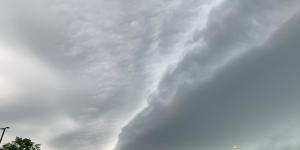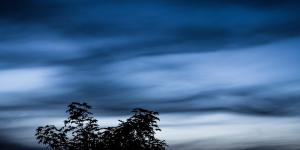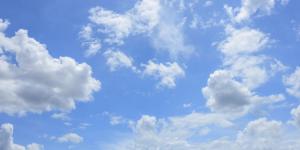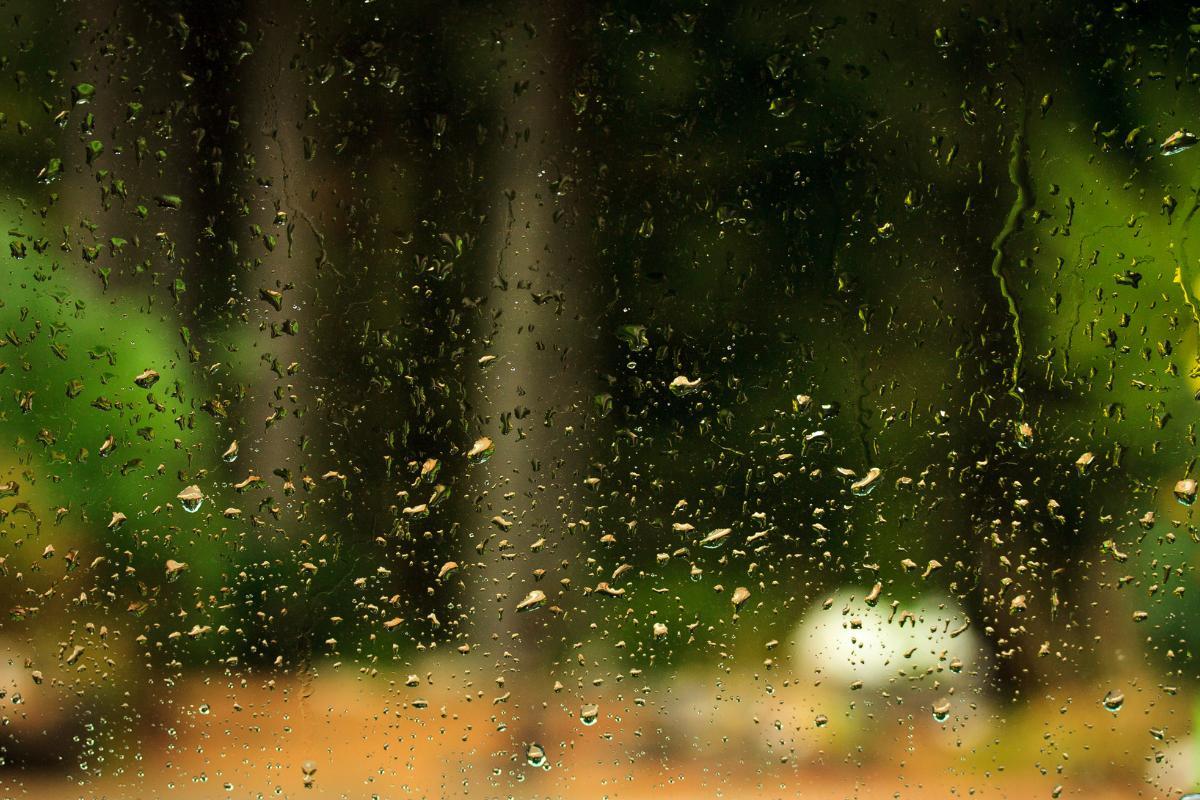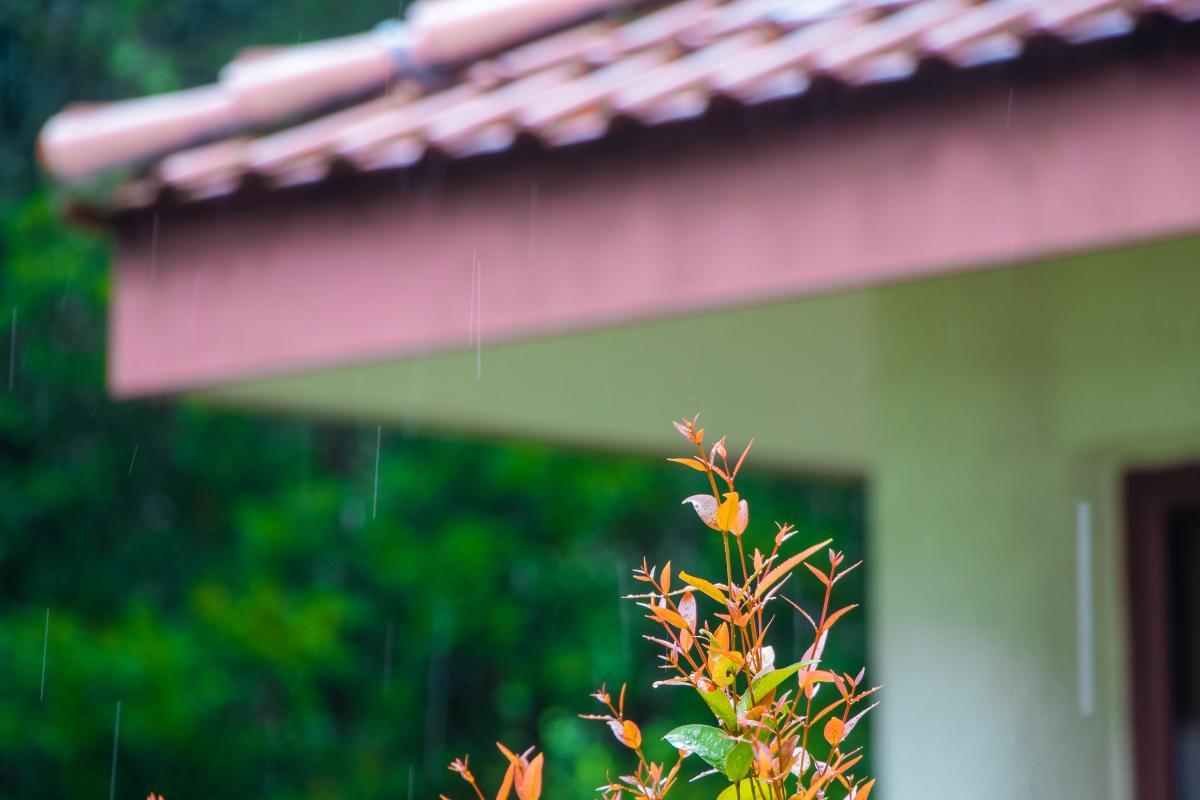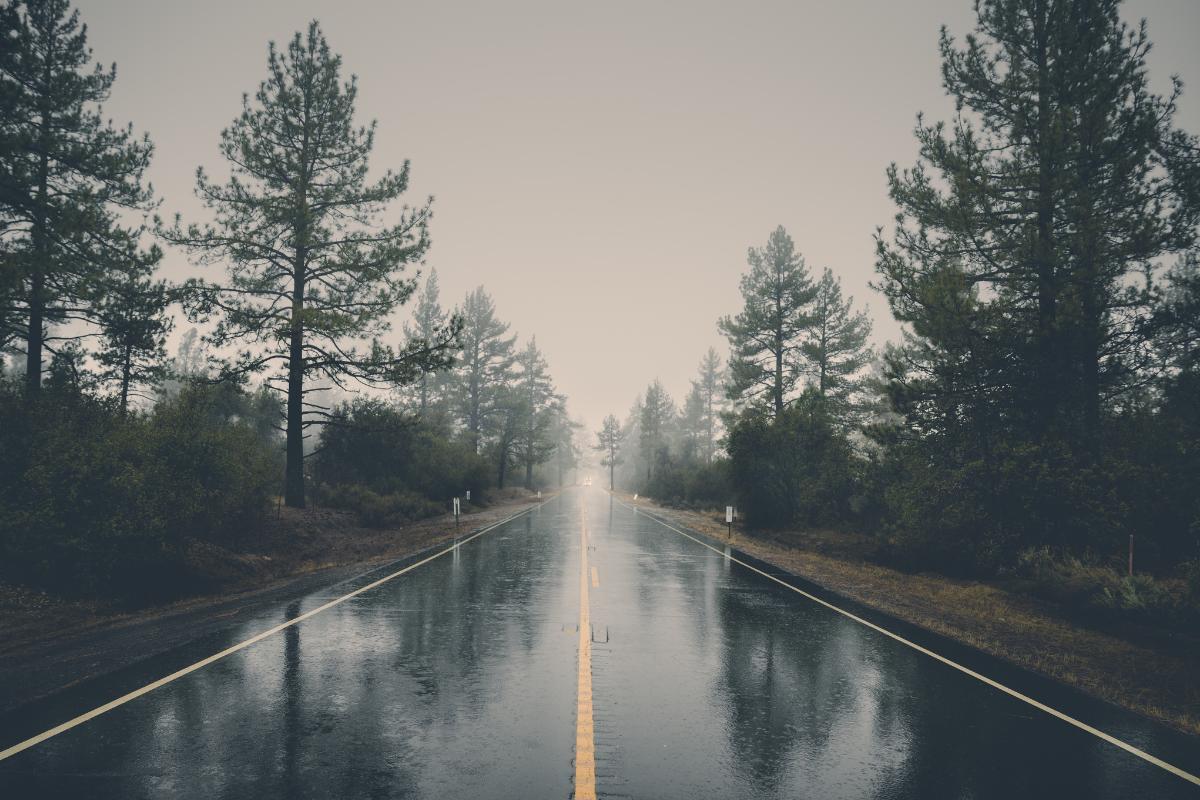What Is the Difference Between Rain and Drizzle?


When checking the weather, you’ve likely seen terms like "drizzle" and "rain" used to describe precipitation. But what exactly is the difference between drizzle and rain? Understanding the distinction can help you prepare for the day ahead, as these terms indicate not only varying intensities but also different effects on visibility, road conditions, and outdoor plans.
This article by thedailyECO will explain the key differences between drizzle and rain, how each affects the environment, and what each type of precipitation means for weather patterns.
What is drizzle?
Drizzle is a form of light precipitation consisting of very small water droplets, typically 0.1-0.5 mm in diameter. It appears to float or drift in the air rather than fall directly downward like rain.
Key characteristics include:
- Very fine, uniform droplets that can seem almost mist-like.
- Falls at a slower rate than rain (typically less than 1 meter per second).
- Often creates a light, steady precipitation that can last for hours.
- Visibility is usually reduced but better than in fog
It primarily occurs in stratus and stratocumulus clouds, those low-lying gray blankets that often stretch across the entire sky. Within these clouds, a process called collision-coalescence takes place. Microscopic cloud droplets bump into each other and merge, gradually growing just large enough to fall. However, the gentle upward motion of air within these clouds prevents the drops from growing into full-sized raindrops, keeping them in their characteristic small size.
You'll most often encounter drizzle in coastal areas where marine layer clouds are common, or in regions prone to foggy conditions. This gentle precipitation can persist for hours, steadily moistening everything it touches.
The presence of drizzle often signals stable atmospheric conditions, particularly common during autumn and winter months in temperate climates. In coastal areas, the interaction between cool marine air and warmer land frequently creates perfect conditions for drizzle formation, which makes it such a familiar feature of life by the sea.
Love the smell of rain? Uncover the science behind what makes rain so refreshing and familiar.
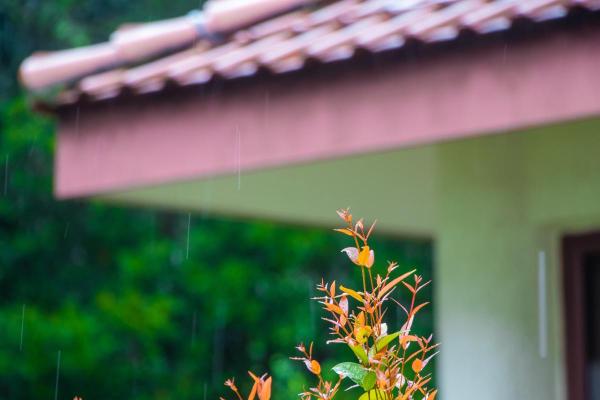
What is rain?
Rain is Earth's most common form of precipitation, occurring when water droplets in clouds grow heavy enough to overcome air resistance and fall to the ground. Unlike the drizzle, rain falls as distinct droplets typically ranging from 1 to 5 millimeters in diameter, though in severe storms they can grow even larger.
The intensity of rain varies considerably. Meteorologists classify rain intensity based on precise measurements of precipitation rates:
- Light rain occurs at rates below 2.5 millimeters per hour and typically allows for visibility beyond 1 kilometer.
- Moderate rain falls between 2.5 and 7.6 millimeters per hour, producing noticeable accumulation and requiring the use of windshield wipers at full speed for safe driving.
- Heavy rain, exceeding 7.6 millimeters per hour, significantly reduces visibility and can lead to rapid surface water accumulation.
The process of rain formation begins with rising air masses. As warm air rises into cooler regions of the atmosphere, it cools and the water vapor it contains condenses into clouds. This lifting can happen in several ways, such as warm air naturally rising on a hot day, air being forced up over mountains, or when different air masses meet at weather fronts.
Inside clouds, raindrops form through two main processes. In warmer conditions, cloud droplets collide and merge with each other, growing steadily larger until gravity pulls them down as rain. In colder clouds that extend high into the atmosphere, ice crystals form and grow by attracting water vapor. As these ice crystals fall through warmer air below, they melt into raindrops.
The type of cloud plays a crucial role in determining rain characteristics:
- Nimbostratus clouds produce continuous moderate rain that can last for hours or days.
- Cumulonimbus clouds, often accompanied by thunder and lightning, can produce brief but intense downpours.
Curious about other interesting weather phenomena? Find out how rain sometimes falls as mud instead of clear water.

Difference between rain and drizzle
Now that we've explored the nuances of rain and drizzle, let's compare the two side-by-side:
Droplet size
- Rain: rain drops measure 1-5 millimeters wide and make clear splashes when they hit surfaces.
- Drizzle: drizzle drops are tiny at 0.1-0.5 millimeters - about the size of a fog droplet. You'll feel rain as single drops but drizzle as a fine mist.
Intensity
- Rain: falls straight down at speeds up to 20 mph. Light rain delivers 2.5mm of water per hour, while heavy rain exceeds 7.6mm per hour.
- Drizzle: moves slower at less than 3 feet per second. It floats and drifts down rather than falls.
Cloud types
- Rain: comes from tall clouds like cumulonimbus (storm clouds) and nimbostratus clouds. These clouds build high into the sky through rising air.
- Drizzle: forms in low stratus or stratocumulus clouds that sit close to the ground. You'll often see these flat gray clouds near coasts or in cool, damp weather.
Visibility
- Rain: heavy rain cuts visibility with sheets of water, but you can see clearly between the drops.
- Drizzle: creates an even gray haze because its tiny drops hang in the air longer. This often leads to fog.
Effects
- Rain: gets you wet fast and creates puddles and streams. You need an umbrella or rain jacket right away.
- Drizzle: seems light but soaks you slowly over time. Its steady moisture can last for hours.
If you’re fascinated by rain and its effects, learn how excessive rainfall can result in floods and why they happen.

Effects of rain and drizzle
Rain and drizzle shape our environment in different ways. While rain makes dramatic changes, drizzle creates subtle but lasting effects. Let's look at how these two types of precipitation affect soil, plants, water bodies, air quality, and wildlife.
Agriculture
- Rain soaks deep into soil, reaching plant roots. A good rain delivers water quickly to crops, but heavy rain can wash away topsoil.
- Drizzle moistens only the top layer of soil. While it doesn't penetrate deeply, drizzle helps young seedlings and reduces water stress in plants. Farmers like drizzle for newly planted fields.
Air quality
- Rain washes dust, pollen, and pollution from the air in minutes. You'll notice fresher air and better visibility after a rain shower.
- Drizzle, on the other hand, traps air pollution close to the ground instead of cleaning it out. This can worsen air quality temporarily, especially in cities.
Plants and animals
- Plants absorb rain through leaves and roots, spurring quick growth. Animals take shelter during rain but drink from puddles after.
- Drizzle gives insects and small animals time to find cover. It keeps plant leaves moist without flooding burrows or nests. Many plants can catch drizzle drops on their leaves for slow absorption.
Water bodies
- Rain fills streams quickly and can cause flooding. It stirs up sediment in ponds and lakes, making water cloudy.
- Drizzle adds water to the environment gradually. It doesn't disturb water surfaces much, letting aquatic plants and animals stay active.
If you want to read similar articles to What Is the Difference Between Rain and Drizzle?, we recommend you visit our Meteorological phenomena category.
- Eliseo Zamudio. 2023. What is the difference between a storm, rain, a shower and a drizzle? Available at: https://www.informador.mx/jalisco/Lluvias-en-ZMG-Cual-es-la-diferencia-entre-tormenta-lluvia-chubasco-y-llovizna-20230521-0064.html
- What makes light drizzle light? Weather Aware. Available at: https://weather-aware.com/posts/light_drizzle/

